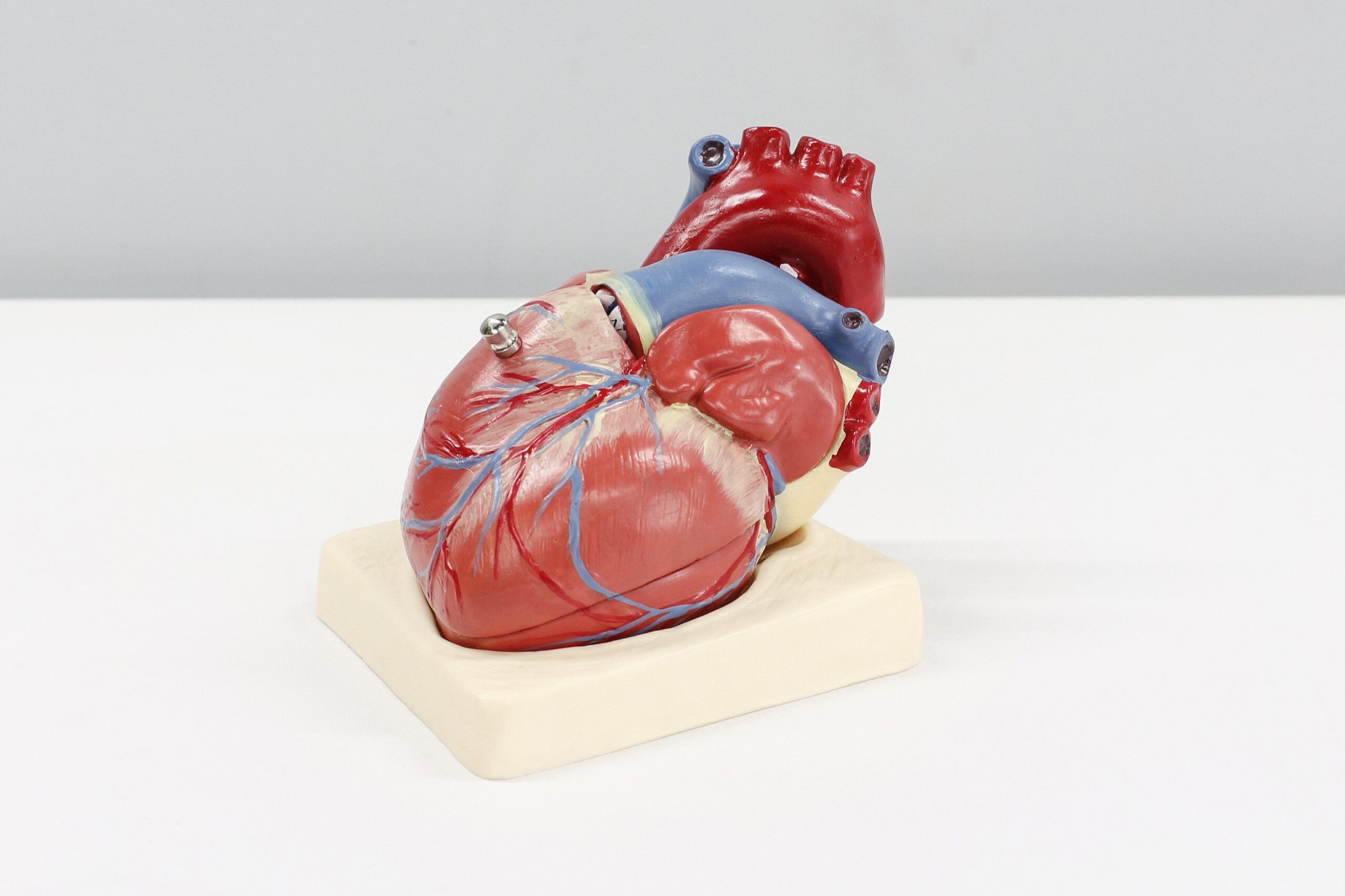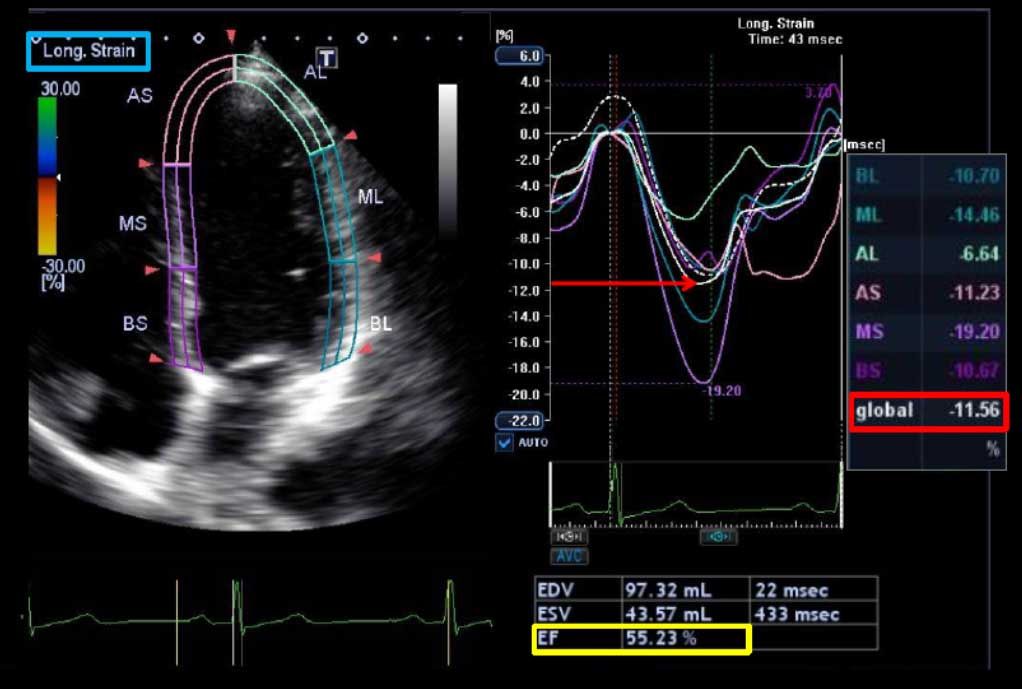TAVI versus AVR: The STACCATO Trial
A Prospective, Randomized Trial of Transapical Transcatheter Aortic Valve Implantation (TAVI) vs. Surgical Aortic Valve Replacement (AVR) in Operable Elderly Patients With Aortic Stenosis (The STACCATO trial). This study was sponsored by the Danish Heart Foundation and was presented this year (2011).
This trial sought to compare outcomes after trans-apical trans-catheter Aortic Valve Implantation (TAVI) as compared with surgical aortic valve replacement (AVR) in elderly patients with severe aortic stenosis who were otherwise not at an elevated risk for undergoing surgical AVR. The investigators planned to enroll 200 patients, but the Data Safety and Monitoring Board terminated the trial early after enrollment of 70 patients. Of these 70 patients, 34 underwent transapical TAVI and 36 underwent surgical AVR. Baseline characteristics were fairly similar between the two arms. About one half of the patients (52%) were significantly symptomatic (New York Heart Association [NYHA] class III/IV). The mean aortic valve area was 0.7 cm2.
The primary endpoint of all-cause mortality, stroke, or renal failure requiring dialysis was significantly higher in the transapical TAVI arm as compared with the surgical AVR arm (14.7% vs. 2.8%). There was a higher incidence of death (8.8% vs. 0%) and stroke (5.9% vs. 2.8%). Other significant events at 3 months were also higher in the transapical TAVI arm (23.5% vs. 5.6%). Both aortic valve area and peak aortic valve gradient were significantly improved in both arms at follow-up, with no difference between the two arms.
The incidence of paravalvular aortic regurgitation was significantly higher in the transapical TAVI arm (moderate/severe: 13% vs. 0%; minimal: 43% vs. 6%; p < 0.001). The incidence of permanent pacemaker implantation was 5.8% vs. 2.7%, p = 0.52, and mean hospital stay was 8.8 vs. 7.6 days, p = 0.32.
The results of this small trial indicate that transapical TAVI is not superior to surgical AVR in elderly patients with severe aortic stenosis who are otherwise candidates for surgical AVR; outcomes including mortality and strokes were all elevated in the transapical arm at 30 days and at 3 months.
These results suggest that transapical TAVI (in its current stage of development) use should be restricted to patients who are at high risk for surgical AVR.
Reference: A Prospective, Randomized Trial of Transapical Transcatheter Aortic Valve Implantation vs. Surgical Aortic Valve Replacement in Operable Elderly Patients With Aortic Stenosis: Presented by Dr. Leif Thuesen at the Transcatheter Cardiovascular Therapeutics meeting (TCT 2011), San Francisco, CA, November 10, 2011.


